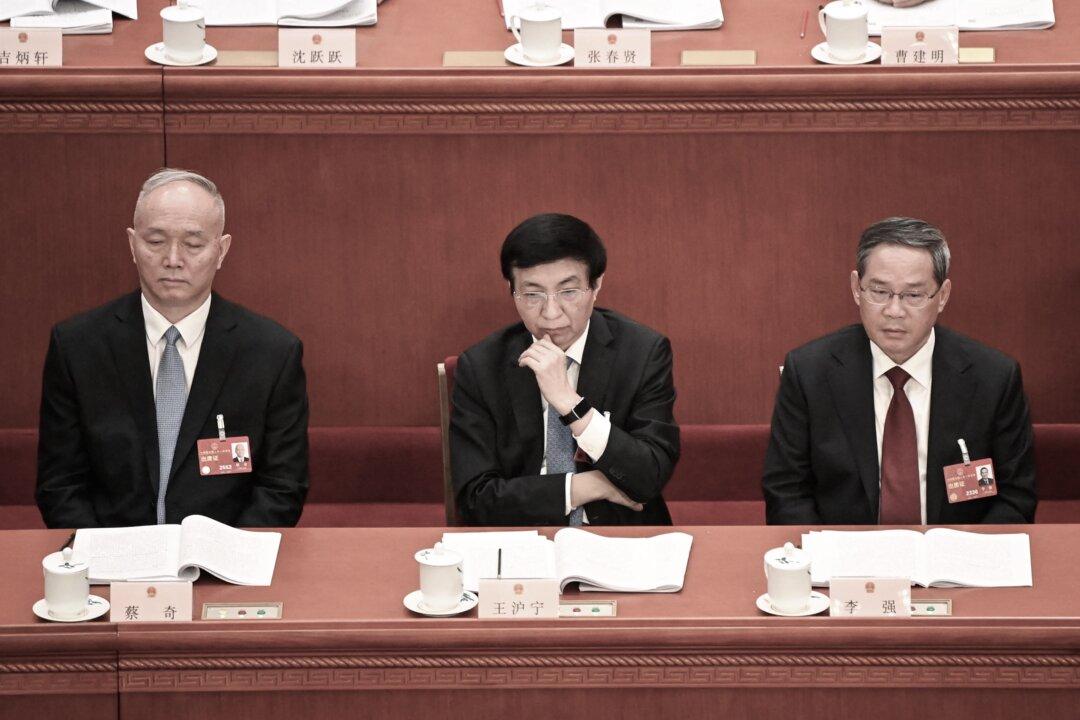China’s state pension will likely be exhausted by 2035, with a shrinking workforce and ever increasingly aged population, according to a report by Chinese Academy of Social Sciences released on April 10.
The report predicted that China’s institutional support rate for retirees will double in the next 30 years. The country currently has a reserve of 106 billion yuan ($16 billion). It is predicted to peak in 2027 to 7 trillion yuan ($1.0 trillion), and then start to have net outflow in 2028 until the funds dry up in 2035.
“The basic pension system has long faced the challenge of being unable to make ends meet,” the report states. “If it had not been for the financial subsidies, the pension funds would have already begun the net outflow this year.”
The pressure for sustaining pension funds will continue to rise starting this year. In 2019, nearly two working contributors are supporting a retiree. By 2050, only around one contributor will be able to support a retiree.
The report also pointed out that there were six provinces whose pensions already had a net outflow position with pension as of 2015. It is estimated that by 2022, there will be 13 or 14 such provinces. That’s nearly half of all of China’s provinces.
According to data from China’s Ministry of Finance, the problem of pension fund deficit began in 2011 and has since become more serious over the past several years. In 2016, the China Social Security Fund was 606 billion yuan ($90 billion) in deficit.
An official report released by Chinese authorities December 2017 showed that pensions in many provinces were in crisis. Pension funds were in deficit in seven provinces and autonomous regions: Hebei, Liaoning, Jilin, Heilongjiang, Hubei, Qinghai and Inner Mongolia. Among them, Heilongjiang’s situation was the most serious, as its pension was 23 billion yuan ($3.5 billion) in deficit.
According to Phoenix Network, Tsinghua University’s Population and Human Resources Research Institute predicted that between 2022 and 2027, China’s state pension fund will have 8 to 10 trillion yuan ($1.2 to 1.5 trillion) in total deficit.
Economist Lang Xianping wrote in 2012 that current pension contributions from young people are paid to retirees, which means by the time today’s young people retire, they won’t have any pension to spend. It is a very dangerous situation.
In order to solve the problem of pension deficit, the Chinese communist regime has adopted various measures such as delaying the state retirement age and reducing social insurance premiums. The Ministry of Human Resources and Social Security announced that starting from 2017, the qualifying age for pension will gradually increase. By 2030, the qualifying age all over the country will be 65 years old.
A number of Chinese scholars pointed out that this will force each Chinese worker to pay pension insurance premiums for five more years, while enjoying the pension five years less. It is actually a disguised exploitation.
The recent pension report by Chinese Academy of Social Sciences also calls for Chinese authorities to roll out a new plan to increase qualifying age for pensions.
There have been many online discussions among Chinese netizens in the past few years as to whether China’s pension system is a “Ponzi scheme.” They suspect that Chinese communist regime is playing the game of “robbing Peter to pay Paul” to cover up the deficit problem. Eventually there will be a huge crisis when the pension funds really dry up.





